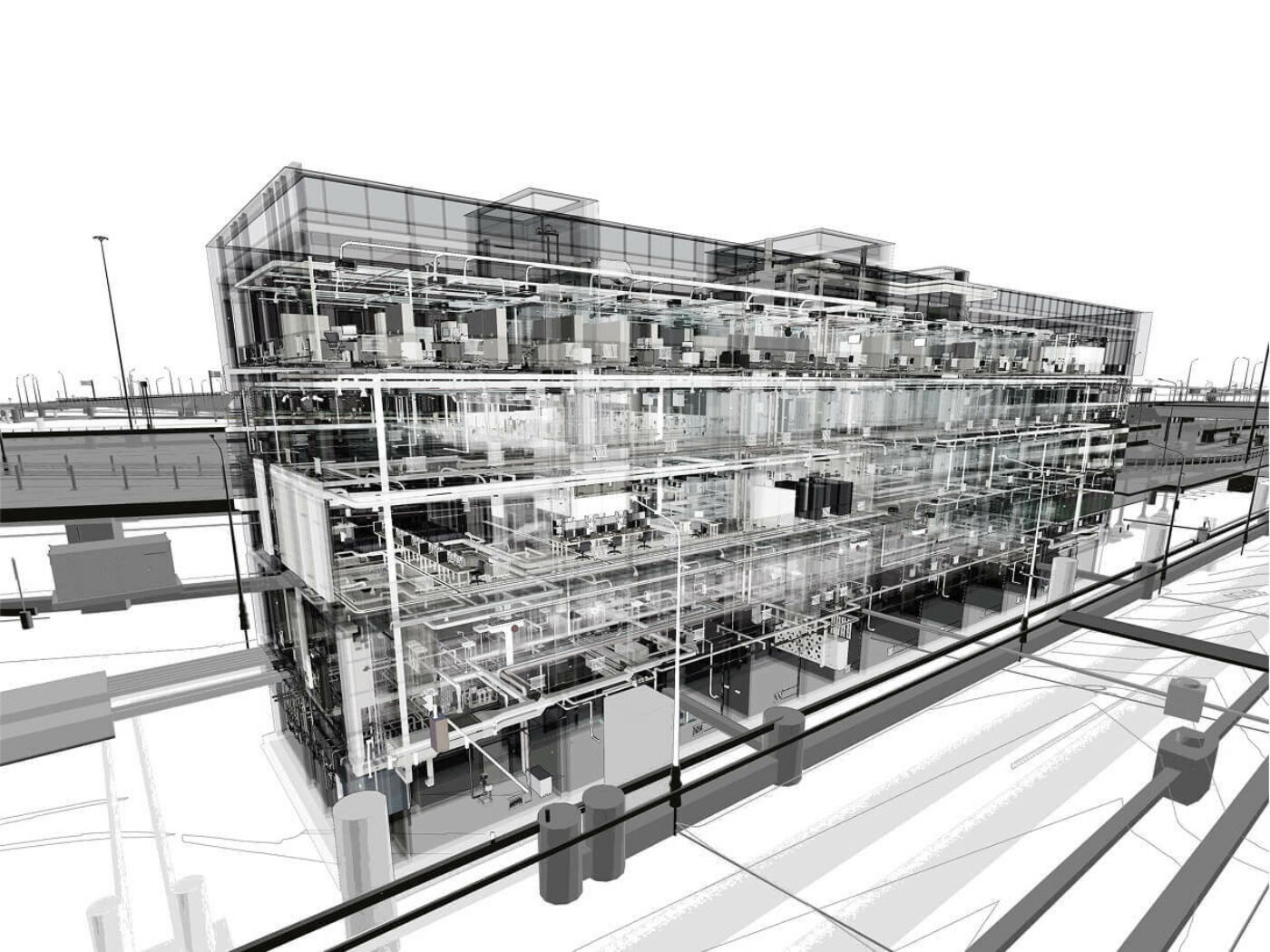In the ever-evolving world of construction and fabrication, staying ahead of the curve is critical. Two key technological advancements are reshaping how we approach design, planning, and execution: Building Information Modeling (BIM) and Virtual Design and Construction (VDC). These tools, when used together, offer transformative potential, particularly in the realm of fabrication.
By leveraging BIM and VDC, businesses can streamline operations, reduce errors, and deliver projects faster and more cost-effectively. In this blog post, we’ll explore how these two technologies work together in fabrication and why they’re considered a powerful combination.
How BIM and VDC Work Together in Fabrication
When used together, BIM and VDC offer unparalleled advantages for fabrication projects. Here’s how they complement each other:
1. Enhanced Collaboration and Communication
In the traditional fabrication process, miscommunication between the design team and the fabrication team often leads to errors, delays, and increased costs. BIM ensures everyone is working from the same digital model, while VDC enhances this by simulating the entire construction process, identifying potential issues before they arise. This integrated approach fosters seamless collaboration between designers, engineers, fabricators, and contractors.
With VDC’s real-time data integration, any changes made to the BIM model are instantly reflected across all teams, ensuring consistency and preventing errors caused by outdated information.
2. Clash Detection and Issue Resolution
One of the biggest challenges in construction is dealing with clashes between different building systems, such as mechanical, electrical, and plumbing (MEP) systems. Using BIM, designers can identify potential conflicts in the virtual model before construction begins. However, VDC takes it a step further by allowing teams to simulate and analyze these clashes in a dynamic, real-time environment.
VDC’s simulation capabilities let teams understand the impact of these clashes on the fabrication process, making it possible to resolve issues before they lead to delays or cost overruns. By detecting clashes early in the design process, fabricators can avoid unnecessary rework and adjustments, improving the overall efficiency of the project.
3. Optimized Fabrication and Prefabrication
In modern construction, prefabrication is becoming an increasingly popular approach, especially for complex systems like structural steel frames and mechanical assemblies. BIM plays a vital role here by providing highly accurate, detailed models that can be directly used for manufacturing. VDC enhances this by simulating the fabrication process, optimizing workflows, and ensuring that each component is produced according to the precise specifications.
For example, VDC can help determine the most efficient sequence for assembling prefabricated components, reducing waste and time spent on-site. By integrating the BIM model into the prefabrication process, fabricators can produce components more accurately and more efficiently, ultimately speeding up the construction process.
4. Cost Control and Budgeting
Fabrication is often one of the most expensive aspects of construction, and any mistakes or inefficiencies can lead to significant cost overruns. With BIM and VDC, project teams have access to real-time cost data, allowing them to track material usage, labour, and time from the design phase through to fabrication and installation.
VDC integrates cost estimation (5D) into the model, giving fabricators an accurate, up-to-date budget that reflects the project’s current status. This enables teams to spot potential budget overruns early and adjust the fabrication process accordingly to stay within budget.
5. Improved Scheduling and Time Management
Construction projects are often hindered by delays, many of which occur during the fabrication stage. VDC addresses this by incorporating time (4D) into the BIM model. By simulating the construction timeline and linking it with the fabrication schedule, VDC enables teams to visualize the entire project’s progress and identify potential delays in the fabrication process.
This helps optimize the sequence of activities, reduce downtime, and ensure that the right materials and components are ready when needed. The result is faster, more efficient fabrication and fewer disruptions to the overall project schedule.
Conclusion
The combination of BIM and VDC represents a powerful synergy that transforms the fabrication process. Together, these technologies optimize design, fabrication, and construction workflows, improving collaboration, reducing errors, controlling costs, and speeding up project timelines.
In a world where efficiency and accuracy are paramount, the integration of BIM and VDC in fabrication is no longer just a nice-to-have—it's a must-have. As technology continues to advance, this powerful combination will become an even more critical tool for improving the quality and efficiency of construction projects across the globe.

